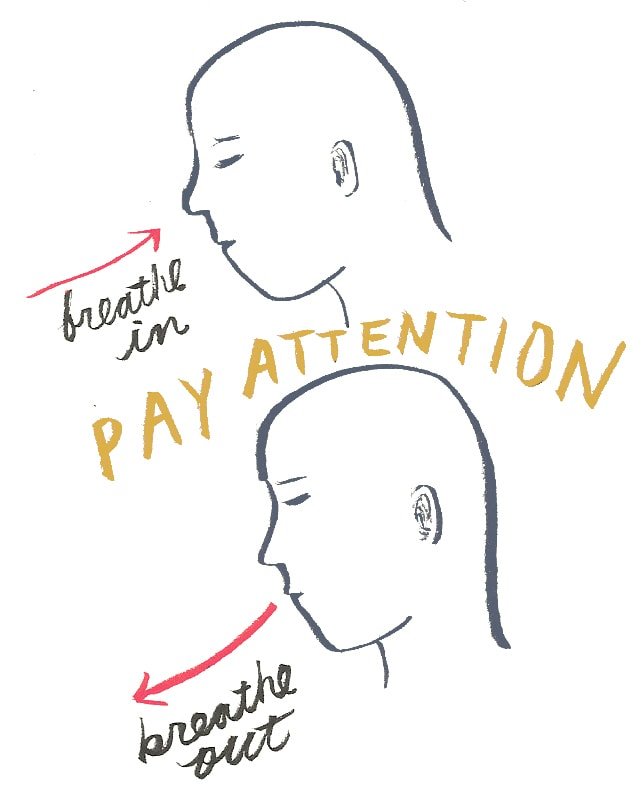| What Is Abdominal Bracing? |
Abdominal bracing sets the foundation for functional movements to be performed correctly and safely. When done correctly, you won’t just be using your abs more efficiently—you’ll increase strength in your entire core: your abs, obliques, and lower back muscles.

There are some misconceptions about abdominal bracing out there. Some people assume it just means flexing their abs, while others confuse it with the Valsalva maneuver (VM).
WHAT DOES BRACING YOUR ABS MEAN?
Abdominal bracing means using your core muscles to support the spine and stabilize the torso during exercise. Through activation and diaphragmatic breathing, your spine does not move at all during exercise.
Technically, it’s not just your ab muscles that are active during abdominal bracing. Your abdominal muscles, lower back, and the muscles in your pelvis— known as the ‘pelvic floor’—will work together to brace your spine, protecting it from a 360-degree angle.
At the same time, the obliques raise intra-abdominal pressure (on the inside of your core, where many of your vital organs are) during twisting movements, providing further stability.
Think about it this way…
The muscles in your hips and core transfer force from the legs to the upper body. Think of doing a jump squat, for example—your hips help you “explode” off the floor by opening up quickly from the bottom of a squat.
When you activate the correct muscles and breathe through your belly (diaphragm), the pressure created in your midsection makes it easier (and safer) for force to be distributed between the lower and top parts of your body.
Here’s an easier way to think about it: which is sturdier— a rubber band or a 2×4?
A 2×4 piece of wood, of course. Without abdominal bracing, things aren’t as well protected because your midsection stays loose, kind of like a rubber band. Proper bracing tightens everything up and makes movement more efficient.
IS BRACING YOUR ABS THE SAME AS THE VALSALVA MANEUVER?
They’re close, but no.
In talking about bracing your abs, you might come across a technique called the ‘Valsalva maneuver’ (VM).
Like abdominal bracing, the Valsalva maneuver is used to increase pressure in the intra-abdominal cavity (home to organs like your stomach, kidney, and liver), which increases the stability of the spine and makes high-intensity exercises safer. Remember: proper activation of core muscles plus diaphragmatic breathing (breathing through your belly) helps hold everything in place.
The difference is this: VM—at least in a fitness setting—places greater emphasis on holding your breath during an exercise. Many high-level weightlifters use this technique to lift heavier weights, but it can be dangerous.
Holding your breath through intense exercises causes blood pressure to rise, then plummet after you release the breath. Risks of VM include passing out and force-induced side effects like hemorrhoids or hernias.
(Keep in mind, these risks to exercise are common primarily for powerlifters moving very heavy weights.)
Bracing your abs is more focused on activating deep core muscles and stabilizing your spine, something all fitness seekers should consider.
WHAT ARE THE BENEFITS OF BRACING THE CORE?

According to one study in The Journal of Physical Therapy Science, proper bracing is more effective than holding a hollow position for activating your core muscles.
This is because a single exercise can only train so many muscles. Proper bracing turns your core into an efficient, fortified unit and uses your breath to lock everything into place.
Also, hollow holds put the spine into flexion (shaped like a ‘C’). Your goal when bracing your abs is to keep the spine neutral.
Bracing your abs also activates deeper abdominal muscles, like the transverse abdominis. The transverse abdominis is considered a ‘deep’ muscle because it lies a layer below other core muscles, like the obliques.
Another study found that proper bracing had an effect on abdominal muscle thickness and lower back strength—this means 360-degree support!
Thick abs and a strong back make you less prone to back injuries and naturally tend toward proper spinal alignment.
HOW DO YOU PROPERLY BRACE YOUR CORE?

Learning to brace your core may require a degree of patience. It’s not like some exercises you can “muscle” your way through. Start slow, focus on technique, and don’t get discouraged if it’s difficult at first.
You can practice abdominal bracing two different ways:
1. On your back
Use this version to practice activating your core. It’s easier than the dynamic variation below.
- Lie on your back with your heels flat on the floor.
- Place one hand on your belly and your other hand by your side.
- Take controlled, deep breaths in. Try diaphragmatic or “belly” breathing here.
- Flex your abdominal muscles. This brings your ribs “down” and tilts the pelvis.
As you breathe, use your lower back making contact with the floor as “feedback”. Each breath in you should feel the pressure increase in your core.
Do 10 controlled breaths and repeat 2 to 3 times.
2. Standing or dynamic
Use this version when beginning an exercise or just standing on two feet.
- Start with diaphragmatic breathing. You’re doing it right if your belly expands outward on the “in” breath. Try to fill every ounce of your core with fresh air on the inhale.
- Get into a rhythm with your breathing on the “in” breath. Two-thirds of your air fills your belly, the remaining air fills your chest cavity.
- Take a deep breath in.
- Pull your navel down (flex your abs like you did on the floor).
- Use a sharp exhale to keep those muscles flexed as you breath out. Purse your lips and blow the air out hard to maintain intra-abdominal pressure*.
*Note: this may take some practice to get down. Don’t get discouraged if it’s challenging at first!
Do 10 controlled breaths and repeat 2 to 3 times.
ABDOMINAL BRACING—WRAPPING UP
Correct breathing and core engagement keep you healthy and safe and improve your workout performance.
Practicing abdominal bracing independently from your workout routine will help create the habits you’ll benefit from in the workout itself. At first, this technique may even feel entirely “strange”. That feeling should be a sign to you that this is something you particularly need to practice, and your core could really use the training.
Because abdominal bracing helps safely distribute load through the upper and lower body, practicing these techniques will benefit anyone that uses them, no matter what level of fitness or strength they’re currently at.





Leave a Reply